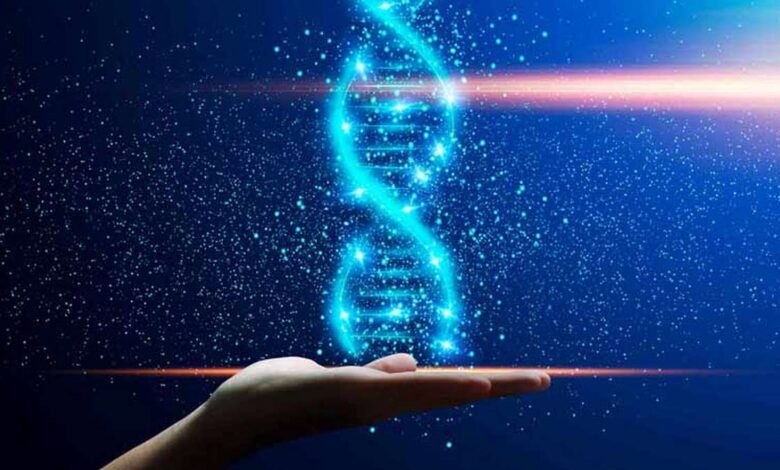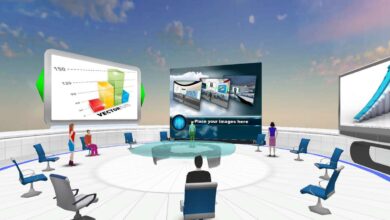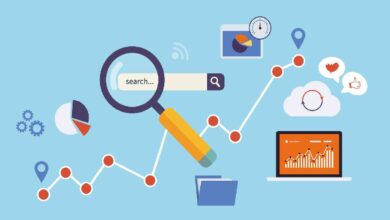
Nowadays, biotech and life sciences domains have become invaluable in our resistance to a pandemic. As any other data-driven industry, biotech and life sciences rely on data in their decision-making. When the lives of millions of people depend on the discovery of a particular drug, huge investments are needed to cover the costly production and research volumes. Vaccine development companies now attract as much as $1 billion, which is assumed to be far less than the final cost of vaccine production.
It is easy to imagine the extent to which biotech and life sciences industries are special. This factor frequently affects the data science talents’ decision to enter the fields. While a solid Maths background is crucial, it’s the algorithm that matters most in the end. Algorithm performance relies on accuracy and precision metrics, which can be trustworthy enough for digital advertising or revenue forecasts. However, in biotech and life science, the dependent variable can be human life. But doesn’t it make the work more meaningful?
To help you get some inspiration and look at the data science implementation in biotech and life sciences from different angles, we have prepared 8 examples of the most recent data science applications in these fields. Enjoy your journey while reading the first four of them!
1. Strokes treatment
Even though strokes remain the most frequent cause of impairments and fatal outcomes, the causes of strokes themselves are very diverse. For this reason, data science is used to develop personalized stroke treatment.
Natural language processing algorithms are the right choice for this type of research. Natural language algorithms detect the biomarkers relevant to a particular stroke type in voluminous databases available in the history of strokes treatment. Biomarkers are medical signs of a biological state, such as the severity of a condition, or lifestyle peculiarities. While matching these biomarkers and the type of the stroke might not seem to be a big deal, further conclusion on the quality of the found matches in past publications is needed. The reason for this is that you cannot expect all of the past research and medical records to be valid by default.
2. Arthritis treatment
Individual approach is the key to recovery from many diseases. In arthritis treatment, patients are clustered based on the shared characteristics. For each cluster, a specific treatment relevant to the responsiveness of the characteristics is proposed.
The records of the group of patients demonstrating the higher responsiveness to a proposed treatment are used as real data to train the algorithms. Convolutional neural networks often perform best for a large amount of data available and known target outcome values. The more common methods, such as random forest, support vector machine, and logistic regression, match the goal, too.
3. Management
Like other industries, biotech and life sciences operate under the basic concept of the supply chain. The peculiar things about the drugs supply chain are their production methods and storage requirements. Besides, the higher urgency produces higher demand for optimization of the already complex supply chain.
A good example is an urgent need for the distribution of vaccines. To do it quickly, companies rely on the outsourcing model. Machine learning is applied to plan the whole supply chain from the layout to the vaccine supply to the end audience.
Supervised machine learning, such as support vector machines, help find the right contractors for production (e.g., factories). The optimization of production is supported by neural networks, while demand prediction is ensured by support vector regression.
4. Mental disorders treatment
Depression is becoming the number one disorder of the 21st century. Yet., it is not the only mental condition, which is affecting the generations. There are various hard-to-diagnose conditions, which can remain overlooked by a person for a long time. These may include binge eating, post-traumatic syndrome, etc. While psychotherapy is definitely on the rise, mental disorder development can be implicit. Hence, people need a more thorough approach to diagnose them at the early stages.
The new apps have entered the market to act as a ‘pocket psychotherapist’ to predict mental disorders. An in-built bot analyzes the natural speech requests of the users and advises on their condition.
If you are already into data science, you might have already assumed that sentiment analysis is the foundation of such apps, and its accuracy is a tremendous factor for the well-being of people. While random forests or Naïve Bayes look good for the purpose, neural networks with multiple hidden layers will be a better choice.
Now you can see how amazing and meaningful data science is in life sciences and biotech. Even simpler models can make a difference in the quality of human life.
If you are in need of software development to support and speed up your biotech or healthcare project, this team of experts in both, biotech and ML, is ready to design a custom solution to help accomplish your goals. Advancing your research with appropriate data analysis tools and AI models will ensure your successful path in the biotech industry.



